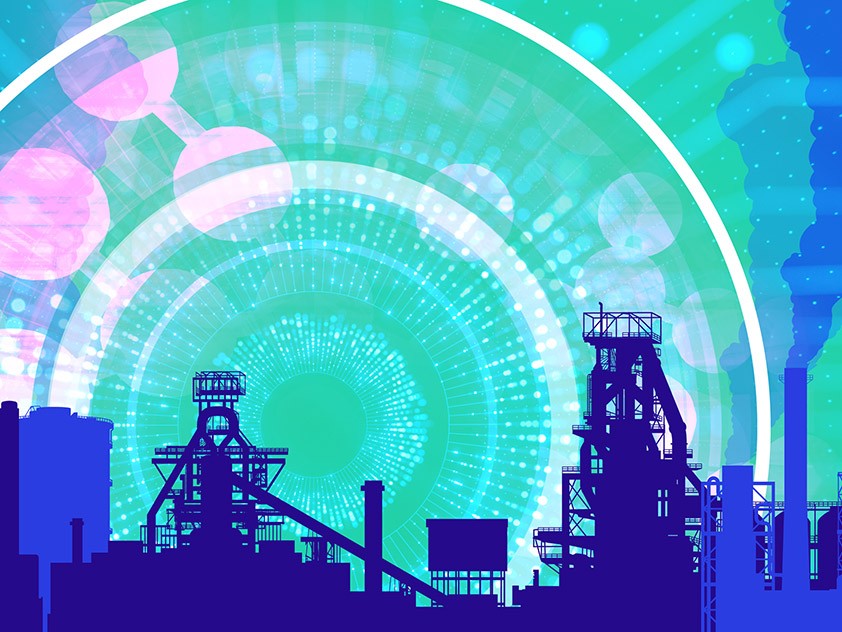Preventing accidents in the chemicals industry with AI
Posted: November 18, 2025

This August, an explosion at a chemical facility in the Czech Republic injured three workers during maintenance work. Although the company reported no significant damage, two of the injured workers were said to be in a life-threatening condition.
What specific factors led to the catastrophe on that fateful day? With knowledge of these factors and the conditions that caused them, how can we prevent similar accidents from happening in the future? To reduce critical incidents, the chemicals industry needs insight into accidents before they happen—that’s where AI comes in. Some of the most industry-defining disasters could have been prevented with better visibility and understanding of those leading factors.
Our Industrial Life
Get your bi-weekly newsletter sharing fresh perspectives on complicated issues, new technology, and open questions shaping our industrial world.
The promise of AI in the chemicals industry
In a facility with well-integrated AI, you might not notice as you’re moving across the operations floor that a machine is watching you, analyzing whether you might endanger yourself or another person in the facility. Sequential models built on simulated and historical data, for example, can predict whether a certain action or proximity to equipment poses a danger.
Computer vision might also be turned toward pipes to detect gas leaks: Optical gas imaging and thermography can be paired with AI to detect gas as it's just beginning to escape. And as the technology continues to improve, earlier and more specific leak detection with limited false positives may become commonplace.
Similarly, sensors distributed throughout a facility might provide insight into the performance of processes or the condition of equipment. This data could be used to predict when there may be a key process or equipment issue—think runaway reactions, overpressures, bearing or seal failures. Even several seconds’ notice can make an enormous difference.
AI systems in chemical facilities can also reduce operational downtime, help equipment run more efficiently, and most importantly, prevent accidents, especially those that lead to injuries and fatalities.
The hard part: getting workers on board
Implementing such AI safety measures requires time, money, technical analysis and an appetite for innovation, all of which can be obstacles. But often, a significant obstacle is resistance. Some of the most effective tools, like machine vision, make people uncomfortable. In a survey of members of the Manufacturing Alliance, over half were concerned about employee acceptance of the new technology.
“There’s a balance between taking the next step in your safety journey [with video tracking] and ensuring that feedback from the videos is not used as discipline or negative consequences on the employee,” says Tony Pagliaro, the Director of Operations at Tennant Company. Employees still need to develop “trust in the leadership to not say ‘Hey, we noticed on camera you were three minutes late coming back from break,’ as that is not the intent.”
Digital transformation is a journey. It starts with a “why.” Hazard recognition and personnel safety are critical to overall plant performance. But these new tools may be misunderstood as they are implemented, and trust is crucial to leading change.
Convincing people that AI makes them safer rather than reducing them to mere datapoints for optimization requires time and transparency. Implementing the technology on a small scale can help people get used to it and see how it makes their lives easier and safer. Over time, as AI is proven to make people safer and does not impinge on privacy, people on the floor may start to welcome it.
But the clock is ticking. Chemical companies that adapt and implement modern AI technologies add tools and insight that improve the safety of their teams and lower the risk to their communities. As our processes become more and more complex, the lack of insight becomes a risk. Digital technologies are there to assist the industry, its workers and the communities in which they operate. Adding information and getting ahead of a safety event is a worthy goal.